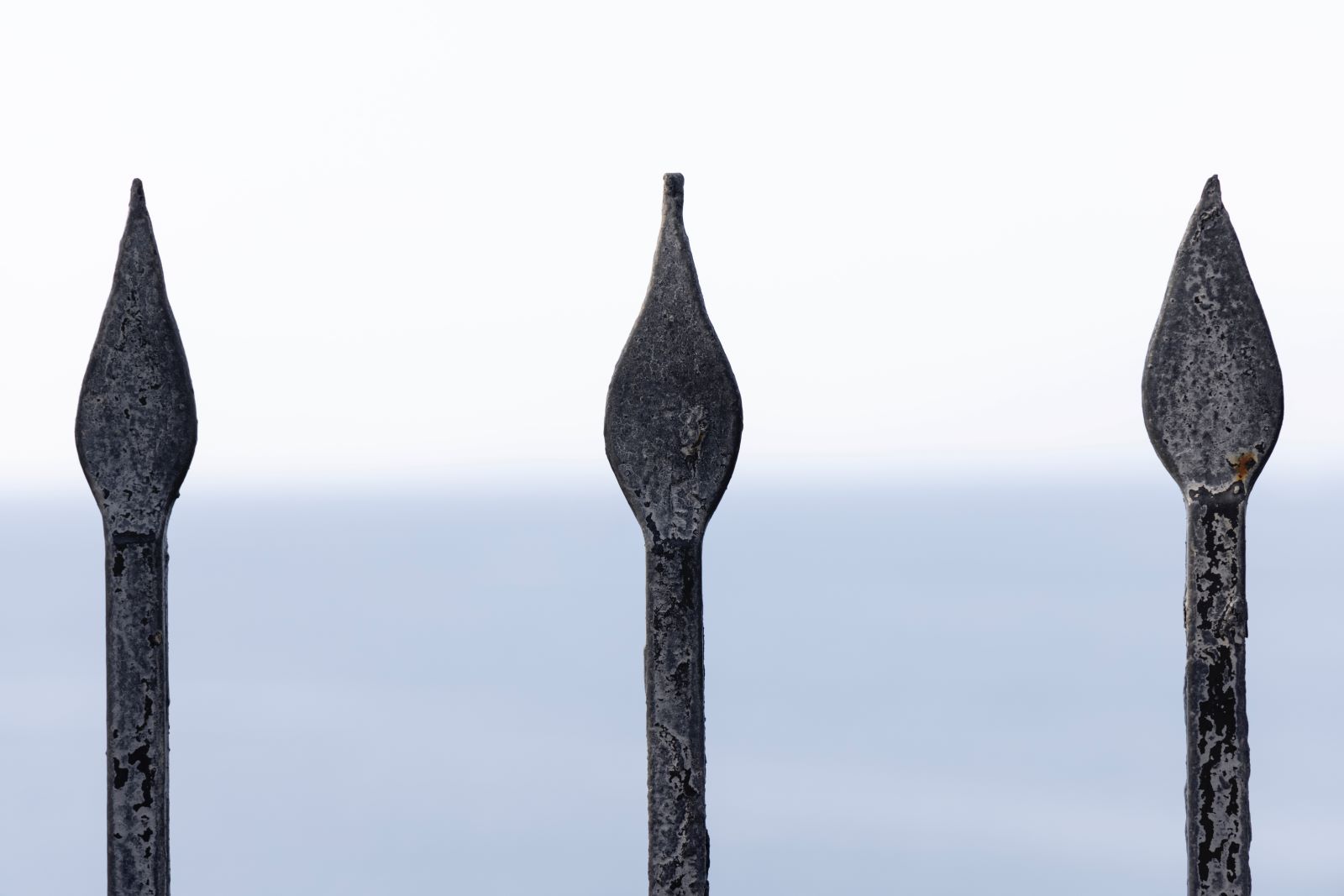Heroes of Note
Hylio
Character and Lore
Hylio was the most respected hero, though there was no strict hierarchy of heroes. Not every progenitor god had a direct opposing hero, but Hylio was considered the opposite of the fire progenitor god. In lore, he took fire from the progenitor god and spread it amongst mankind. The incensed progenitor pursued Hylio in a rage, allowing him to lure the god to a trap in the sea, effectively killing it. The fire Hylio spread emblazoned the human soul, allowing more heroes and descendents of heroes to be born.
Common Invocations
The most common iconography of Hylio is a man holding fire in outstretched palms, represented often in pottery or sculpture. As the hero of fire, he was at the fore of most Lyrinthians' minds. Every fire lit, be it for cooking, light, or heat, had his essence, and he was invoked in the soul of every living man.

Hylio's gifted element. Photo by Adam Wilson on Unsplash.
Namesakes
As the greatest of the heroes, many great figures were named after Hylio, such as the warlike King Hylio, who was deposed in a war that was, in part, of his own making.
Seidon
Character and Lore
If Hylio was the hero of fire, Seidon was the hero of water. As a coastal state, fishing and the sea were of great import to Lyrinth. In his lore, Seidon taught man how to fish, leading them to a bountiful new food supply that gave man the strength to rise despite recurring calamities.

How Lyrinthians fished, attributed to Seidon. Photo by Ibrahim Mushan from Unsplash.
Common Invocations
Every fisherman was thought to invoke Seidon. Upon fishing boats, casual prayers to Seidon were common occurrences, asking for good fortune and large catches. Poor weather and maritine catastrophes were thought to be a result of not invoking Seidon strongly enough; it wasn't to say he caused disaster to those who did not worship him, but rather that those who forgot to give him his due did not draw his attention enough to gain his protection from the violence of the seas.
Kelles
Character and Lore
Kelles can be understood as the intersection between Hylio and Seidon. He had the fiery spirit of Hylio and the spear of Seidon, taking a very direct offensive against the progenitor gods. Under the assumption that Seidon came first in the lore, he would have adapted Seidon's spear into a war weapon. When progenitor gods took human form, he was thought to strike them down where they stood with powerful throws of his spear.

A few primitive spearheads. Photo by Engin Akyurt from Unsplash.
Common Invocations
At first, Kelles was simply a symbol of strength and resilience. As time wore on and the recency of the progenitor gods faded, he changed from a symbol of strength against nature to a symbol of strength against fellow men. He became a herald for war and infighting within Lyrinth after though stability bought by difficulty eased away.